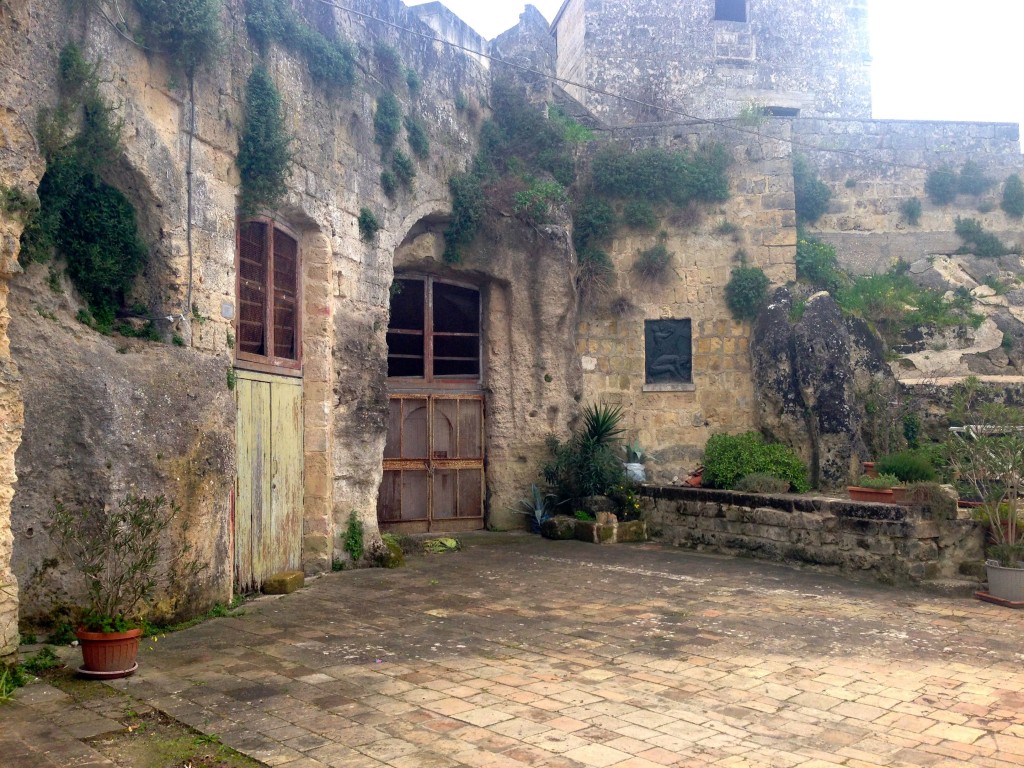Several years ago, I toyed with the idea of moving to New York City for work. A little house hunting revealed there were no places in my budget that came with even a little patch of soil to call my own. I remember standing out in the summer garden on an especially beautiful night, wondering how I could ever leave my dirt. And in the end, I couldn’t.
This spring I spent some time in Matera, a town in southern Italy originally built in 3rd century BC. Houses are caves carved from stone, streets and buildings atop more houses. The city was evacuated by the Italian government in the 1950s when malaria was rampant, and families lived in the caves alongside their animals, without sanitation.
In the 1980s, redevelopment began, making many of the caves livable again. The roads in this part of town, the Sassi, are mainly pedestrian only. I can’t even imagine how people move furniture or bring home groceries. Surely they must find an easier way than I did, when lugging my suitcase through the maze to my hotel when arriving my first evening.
It’s all terribly beautiful and incredibly humbling to stay in these rebuilt ancient structures. At the same time there are still many untouched structures, and it can be hard to tell from the outside which of the caves are places someone calls home.
One of my favorite signs of life was the presence of gardeners. With no ground to garden in, and no obvious convenient way to bring in big heavy bags of potting mix, mini gardens are tucked in wherever they will fit, in rooftops, rubble, and impossibly heavy containers that must have been there forever.
People were even growing food in these micro-gardens. Lemons, oranges, olives, and herbs.
- Courtyard orange tree
- Rooftop olives trees with herbs and veggies
- Stone gutter rosemary and opuntias
Of course it helps that some pretty amazing plants grow here naturally. Opuntias and agaves cling to the clifs no gardener could tend.
Can you imagine gardening with such limitations? With so little soil, you’d have to boil down your garden to just a favorites. If this were your garden, what would make the cut?











